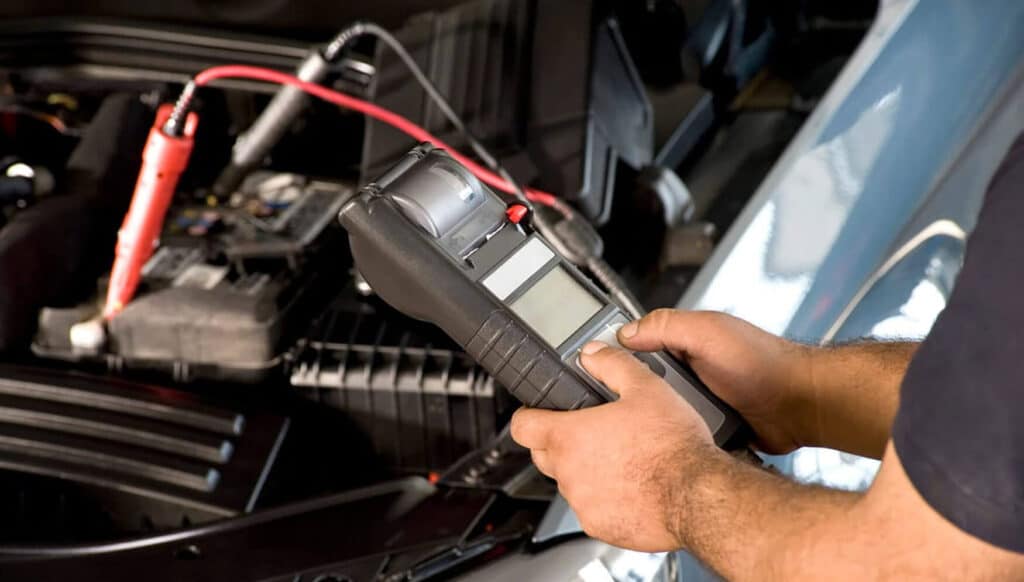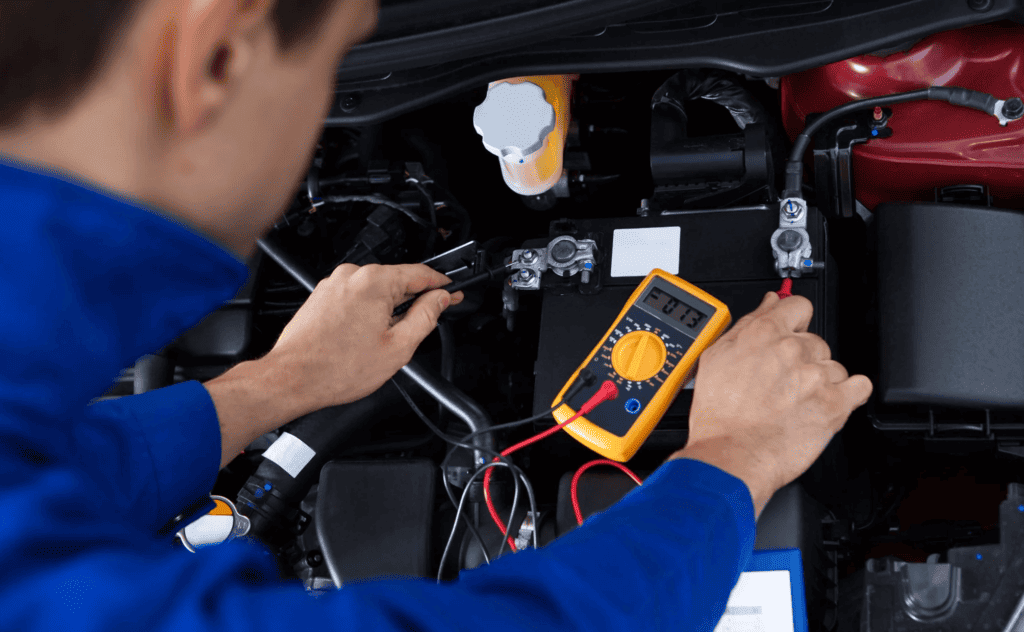Introduction: Why Your Car May Not Start Even With a New Battery: Unveiling the Enigma
So you’ve got a shiny new battery, and yet your car refuses to start. You’re probably asking, “Why won’t my car start but the battery is fine?” Don’t fret; you’re not alone, and the battery may be just a fraction of the mystery. This guide will help you navigate through the other pieces of the puzzle you may have overlooked.
Initial Diagnostics: When a New Battery Doesn’t Eliminate the Issue
Ah, the sweet relief of a new battery! Your car starts like a dream—or so you thought. You turn the ignition, and you’re greeted by the disheartening sound of an engine that cranks but fails to start. In such situations, your battery might not be the culprit; there are other characters in this plot twist. The starter motor is an important part of the equation. This little dynamo needs enough electrical power to spin the engine over, initiating the internal combustion process. If it’s failing, your brand-new battery won’t make a lick of difference. And don’t overlook the fuel system; it might be silently sabotaging your drive. A fuel pump that’s on the fritz or a clogged fuel filter could also result in a car that refuses to start, mimicking a battery problem.

The Programming Dilemma: Is Programming a Must for New Batteries?
We’re living in the future where even your car’s battery needs a proper introduction to your vehicle’s computer system. Particularly in newer models equipped with start-stop technology, this is no minor detail. Your vehicle’s computer, also known as the Engine Control Unit (ECU), manages a variety of systems, and it needs to be acquainted with the new battery for optimal performance. Failing to program the battery may lead to several issues. You might notice a dip in fuel economy, or perhaps the start-stop function behaves unpredictably. Even worse, you could shorten the life expectancy of your shiny new battery. Always check your vehicle’s owner’s manual or consult a professional to see if your new battery needs a formal introduction to your car’s computer system.
When you find yourself stuck in one of these quandaries, remember, help is just a click away. The Uchanics team provides top-notch mobile mechanic services, delivering expertise right to your doorstep. Why spend your precious time worrying about battery issues when a solution could be so simple? Book an appointment today, and focus on what truly matters: enjoying the ride.
Battery Reset Techniques: Get Your Car in Sync with the New Battery
Performing a reset can be a critical step. Make sure you follow the manufacturer’s guidelines while doing so.
• Locate the Reset Button: Not all cars have this, but if yours does, it’s a quick way to recalibrate your car’s electrical system. Check your owner’s manual for its location and how to use it properly.
• Cable Reconnection: Disconnect and then reconnect your battery cables. This can sometimes act as a “soft reset” for your vehicle’s electrical system.
• ECU (Engine Control Unit) Reset: Some vehicles may require an ECU reset after a battery change. Consult your owner’s manual to know how to do this.
• Follow Manufacturer Guidelines: Always adhere to the manufacturer’s instructions when resetting your battery to avoid invalidating your warranty or damaging your car’s electrical system.
• Ignition On: With some vehicles, turning the ignition on for a few minutes without starting the engine can aid in resetting the battery.
Post-Battery Replacement Steps: The Road to Seamless Driving
• Initial Idle Time: Once the new battery is installed, let your car idle for a few minutes. This helps the alternator start the process of charging the new battery.
• Warning Light Check: Keep an eye on your dashboard for any warning lights. If you see any, it could indicate an issue that needs immediate attention.
• Battery Voltage Monitoring: Use a voltmeter to periodically check the battery’s voltage. It should ideally be between 12.6 to 14.6 volts when the car is running.
• Test the Alternator: Make sure the alternator is charging the new battery effectively. If not, you might have issues that extend beyond just the battery.
• Consult the Experts: If you’re uncertain about any steps or if you encounter issues, don’t hesitate to seek professional advice. Sometimes DIY is not the best course of action, especially for intricate car mechanics.
By following these steps, you can ensure that your new battery and your car operate in harmonious synchrony.
Common Imposters: When Other Issues Mask as Battery Problems
At first glance, you might think the culprit for your car’s failure to start is the battery. But, surprise! It could be a host of other problems hiding in plain sight. Malfunctioning spark plugs, for instance, can be silent assassins, killing your car’s start-up without you realizing it. A flawed ignition switch, a clogged fuel filter, or even a problematic alternator can act like doppelgängers of a battery problem. These imitators can give off all the signs of a dying or dead battery, leaving you chasing the wrong ghost.
Therefore, don’t just stop at the battery. You could be addressing just the tip of the iceberg. If replacing your battery doesn’t solve the issue, it’s wise to perform a comprehensive vehicle inspection. This could save you not just time and money, but also the hair-pulling frustration of fixing the wrong problem. Don’t be swayed by these common imposters; knowing what else to check can lead to a more targeted—and effective—solution.

The 12V Battery Reset Button: A Quick-Fix Genius
This nifty feature is often tucked away, but it’s a little-known lifesaver in some modern cars. The 12V battery reset button is designed to recalibrate your vehicle’s electrical system. Imagine it as your car’s personal reboot button, essentially refreshing your vehicle’s electronic memory to better sync with the new battery. This can sometimes solve those nagging little glitches that prevent your car from starting or operating optimally.
However, it’s essential to note that not all cars come equipped with this reset button. Also, even with this feature, it’s not a guaranteed fix for all start-up issues. It’s a quick-fix genius for minor glitches, sure, but for more severe problems, it’s advisable to seek professional help. If you’ve tried pressing this reset button and still encounter problems, then perhaps it’s time to call in the cavalry for a more thorough examination. In times like these, a mobile mechanic can be a godsend, offering expert solutions right where you are.
Conclusion: Your Pathway to Solving the No-Start Enigma
Navigating through a no-start issue isn’t a straight line, and it certainly isn’t limited to just replacing the battery. A variety of factors could influence your car’s reluctance to start, and identifying them is crucial. Still puzzled about how long it takes to reset a car battery or what steps to follow post-replacement? Your solution is just a click away. Book an appointment with Uchanics, the mobile mechanic company that brings expert solutions right to your doorstep. Book your appointment now and hit the road with confidence.
